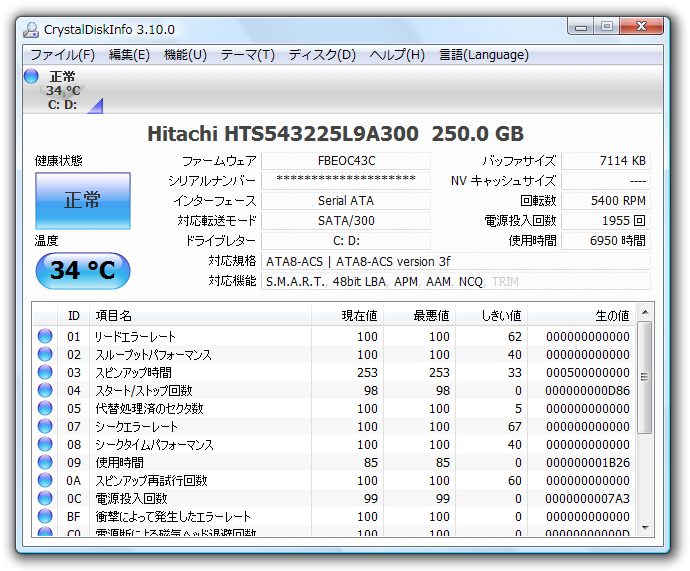
Two exactly the same NVMe SSD showing up in Windows during the first installation Whether this is your first PC build or your fifteenth, let’s find out how to get your operating system on the right drive. You can also use drives with different storage capacities to pick the right one for your Windows operating system.Īlternatively, the most hands-off way of getting your operating system on the right drive is to install it, check your drives using the Disk Utility, and then install Windows again if it wound up on the wrong hard drive.

The easiest way to tell which drive you’re installing your operating system on is to simply only have one drive connected during installation. This leads us to the question: How do you make sure the operating system gets on the right drive? PC builds often have expensive high-performance storage drives for the operating system and cheaper options for bulk storage. Now you want to make sure that your operating system is on the drive that’s giving you peak performance, but these drives are expensive. The interface is clear and clean, and multiple configuration options allow you to view what you need anytime, anywhere.It’s always been important to make sure that your operating system winds up on the right storage drive, but this has become an even bigger issue with the creation of high-speed solid state drives. From its dashboard, you can quickly view a long list of the latest system data, so you can know when things are going well and if there are problems.ĬrystalDiskInfo is a good free choice, if you have good computer knowledge and want to keep abreast of the latest developments in the system. Generally speaking, once a drive starts to crash, it quickly goes downhill, so if you start to see an increase in failure rates, it is usually best to assume the worst.ĬrystalDiskInfo provides you with all computer SMART information and complete readings of current temperature and health status. When various factors approach the critical threshold, CrystalDiskInfo will remind you that it is time for a backup. This includes details such as the current drive temperature, the number of failed read or write attempts, how long the drive has been running, and how often it is started and stopped.

Most hard disks are included in the recent system and may appear to tell you the disk status.

(Self-Monitoring, Analysis, and Reporting Technology) protocol. CrystalDiskInfo is a utility that can tell you all the information about the performance of hard disk hardware, including the possibility of stopping operation in the near future.


 0 kommentar(er)
0 kommentar(er)
